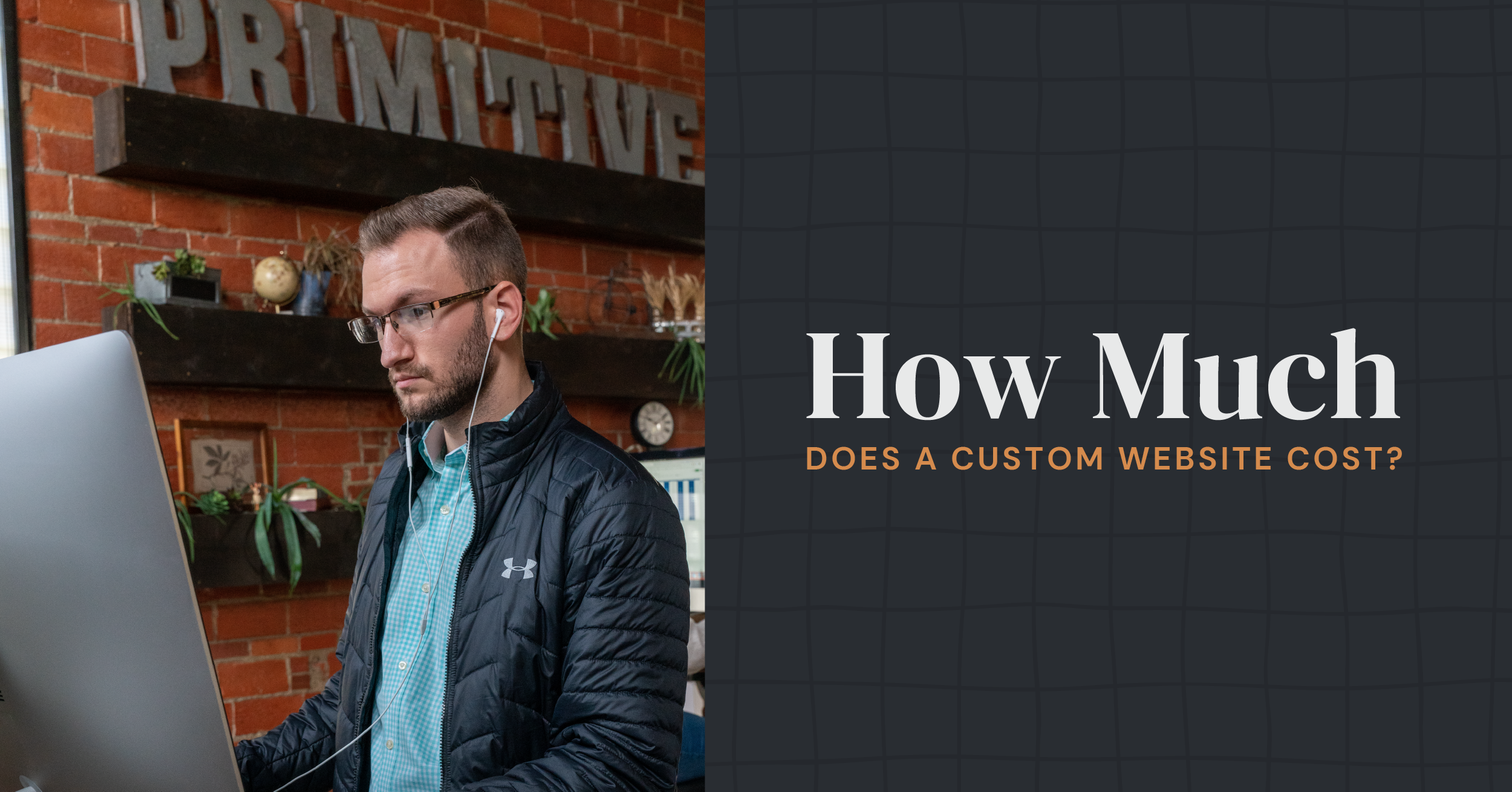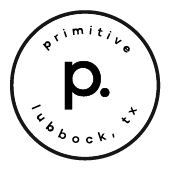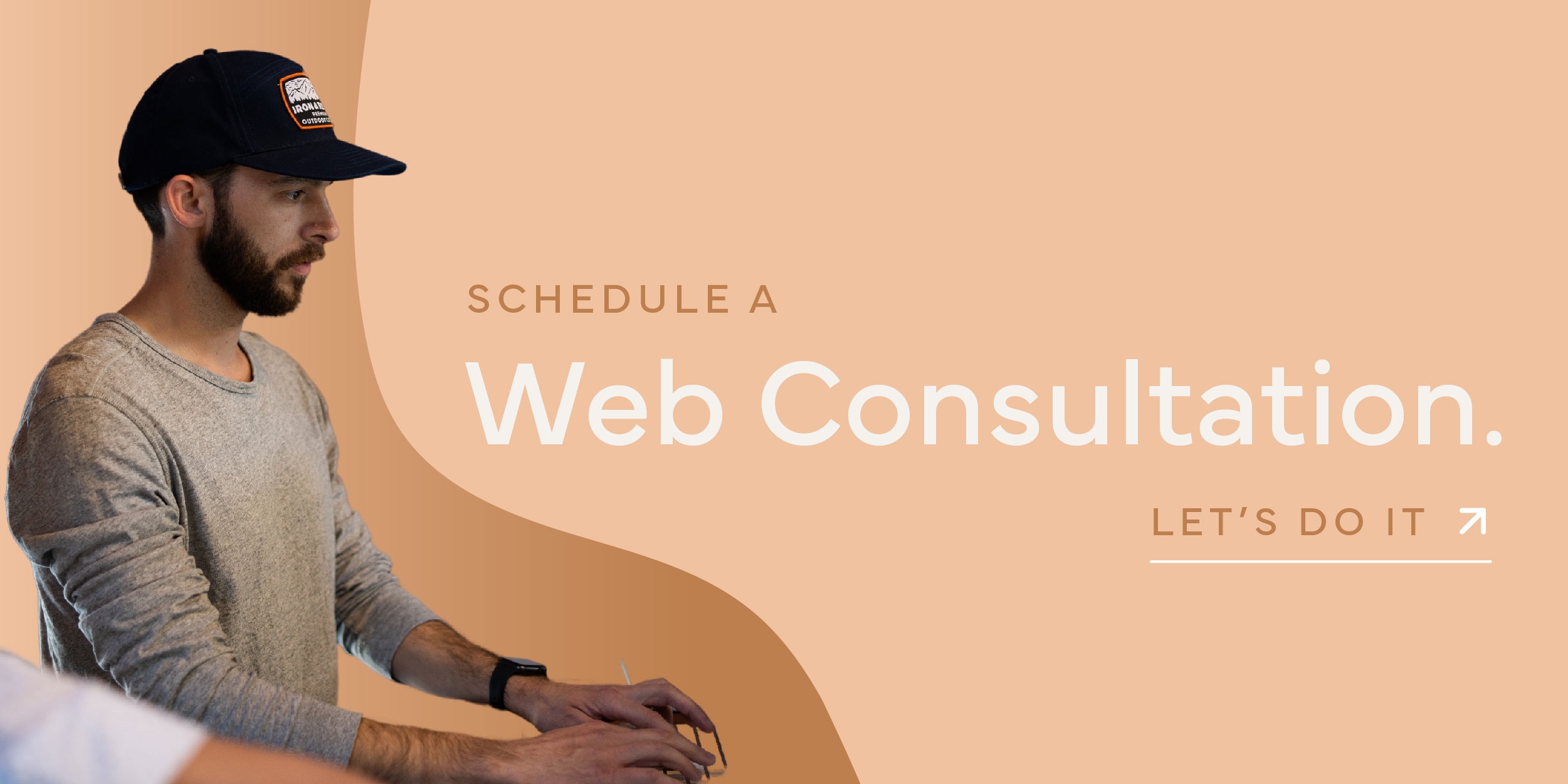BLOG How Much Does a Custom Website Cost?
How Much Does a Custom Website Cost?
POSTED BY Primitive | Nov 11, 2020

If there is one positive lesson businesses can take away from 2020, it’s this: investing in your digital presence is one of the smartest (and most necessary) choices you can make. Gone are the days when you can hope that your physical location and in-person customer service can help you grow. It’s not that these things don’t matter. It’s that your business has to be able to thrive digitally.
Setting your business up for digital success starts with your website. Having a strong website that is intuitive, easy to navigate, and designed to generate leads is not an option. It’s a must to help your business grow, regardless of what might be going on in the world around you.
What is a Custom Website?
Building a website is really comparable to building a home. In the same way that some home builders create homes that follow a set plan, some websites can be built using templates. Your web designer will plug in your different components and can customize them to a degree. The result is a website that is functional and usually looks good.
A custom website, on the other hand, is completely unique to your tastes and needs. You get to decide how things are laid out, the different functions and features, and exactly how it will all look and work. Just like with a custom home, this process can be more elaborate and expensive, but it also results in a final product that is perfectly designed to meet the needs of your business and your customers. While both choices are viable, having a custom website is worth the money and time involved because it sets your business up to offer a strong digital presence and plan for generating leads.
What Factors Affect the Cost of a Website?
When you’re building a home, your needs and choices influence how much it will cost. This is why a builder can never give you a good estimate for your project until you’ve identified your floor plan, desired fixtures, and more. This is true with your website as well. Your needs and choices will impact the final cost of your website project. Here are some examples of features that can influence the cost of your website design.
- E-Commerce: Not to keep repeating ourselves, but a major lesson learned from this past year is that having the ability for customers to purchase directly from your website isn’t just a win, it’s a must have. This is a feature that comes with some complexity: the ability to process transactions, amplified security to protect your customers and your business, and the ability to manage stock are all necessary to being able to conduct business online.
- Integrations: Your website is not an island. Most likely, it is going to need to integrate with other tools and software to keep things running smoothly. For example, does your website need to integrate with a CRM to store form submissions? Does it need to integrate with your ERP to dynamically display inventory or product information? These things are nuanced and require a lot of skill to create and implement.
- Dynamic functionality: The beauty of a custom built website is that it allows you to add features and tools that look sharp and function incredibly well. For example, a store locator allows prospective customers to find the store closest to them. An interactive pricing tool helps users gauge their final cost depending on options they choose. Video and animation are very powerful for engagement and interaction, but including them in your design will impact the overall cost.
Getting the Most Out of Your Custom Website
We know how it can seem to ask for the cost of a project, and then hear that the answer will depend on your needs and choices. But, having a website that is 100% customized to your customers, your industry, and your business needs is worth it.
One thing that can make this process more smooth and effective is to work with a company with a proven system and track record. We have seen very positive results moving to the Growth-Driven Design methodology. With this process, our clients work on monthly retainers. After beginning with a few custom pages, we use each consecutive month to keep building out their website. They can create new pages, update old ones, or create a new feature or design elements. The result is a custom website that is consistently evolving to meet their needs and the needs of their customers, and a payment plan that is more manageable. Interested in learning more about our design process for custom websites that look good and work well? Click the image below to get in touch with someone from our team.
SHARE THIS POST:

About the writer, Primitive
The team behind On the Dot. is made up of creatives, strategists, and developers who give a damn. At Primitive, we craft digital solutions that help businesses grow from brand to backend. Every insight we share is backed by strategy, driven by results, and built to move your business forward.
